Google handles around 99,000 search queries every second, which translates to 8.5 billion searches daily. Yet, only 0.63% of the people visit the 2nd page of the search results.
These statistics underline the importance of getting a high rank on the search engine results page (SERP). If you are creating online content, you must use effective SEO techniques to draw traffic to your content. A good understanding of Google and the best content writing practices is the key to high-performing SEO.
If you want help with SEO content writing, you can hire a content writing agency. With their in-house expertise, they can create content which resonates with your audience and leads to revenue growth.
What is SEO and How it Works
SEO stands for Search Engine Optimisation and it helps search engines understand your website. When you create content for your website, you have to optimise it for SEO so that it can reach the target audience organically. In other words, SEO helps in boosting your site’s presence in the search results.
Google Search uses software called web crawlers to scan web pages and add them to Google’s index. When a user enters a particular query, Google shows them results based on the web pages it has already crawled and indexed.
23 Effective SEO Techniques for Organic Traffic
To bring more traffic to your website without paying for any advertisements, your website must rank high on the Google Search Engine Results Page (SERP).
Here are 23 effective SEO techniques in digital marketing for improving your organic traffic:
1. Study Your Competitors for New Ideas
You need to study the best-performing pages of your competitors and try to outrank them in the SERP. If a page is performing well for your competitors, you should try to create a page on the same topic so that you can attract some of their traffic.
Some of the questions to ask are:
- Which types of pages are performing best for my competitors? Are they blogs, product pages, service pages, or come under some other category?
- Which type of media do they use?
- Do they use short-form or long-form content more?
You can use tools like Semrush and Ahrefs for analysing your competitors.
2. Target Keywords Your Competitors Are Aiming For
The Google algorithm understands your business intent based on the website content. To reach your target audience, you must optimise the content with the right keywords. After all, keywords are what help Google recognise the topic of your page and its intent.
You can include relevant subtopics on the page to make your page more relevant to your audience. It is important to include keywords in the headers. It tells the web crawler that the search intent of the user is satisfied by the content.
You must also target long-tail keywords since they are much easier to rank against and have a very specific search intent. For example, if you run a travel agency and you have tourism packages for Jammu and Kashmir, you can target long-tail keywords such as “cost for touring Kashmir 2 weeks”, “cost for touring Kashmir 2 weeks with family” etc.
3. Prioritise “Top of the Funnel” Keywords
The content marketing funnel describes the different stages of the journey of a site visitor to becoming a customer. It can be depicted as:
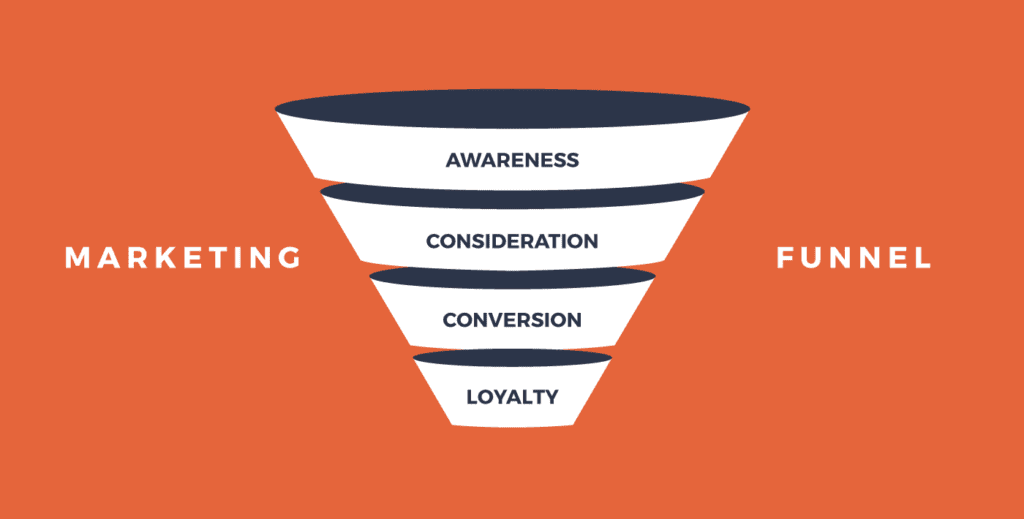
At the top of the funnel, you aim to inform the potential customer and make him or her aware of your brand. You must answer the questions the reader may have and engage them. Ultimately, increasing organic user engagement with value driven content is one of the proven and effective SEO techniques that produces sustainable return on investment.
For example, if you run a retail shop for watches, you can post SEO blogs discussing topics and targeting keywords such as “which is the best watch”, “best watch under Rs. 80,000”, and “best watch for wedding gift”.
4. Build Quality Backlinks
A backlink is an outbound link which directs traffic from another website to your website. Getting good quality and a high number of backlinks is one of the popular and effective techniques for SEO to climb the SERP ladder. Securing relevant backlinks from other players in your industry allows you to establish yourself as an authoritative source.
You can attract backlinks from websites with a high domain authority to link to different pages on your website. In the ideal scenario, people will link to your content on their own because they think it will be valuable for their audience to visit your website.
5. Target Competitor’s Broken Backlinks
A broken backlink points to a webpage which doesn’t exist anymore. Websites like Semrush and Ahrefs have tools which let you find your competitors’ broken backlinks. Once you find such links, you should check the website from which the link originated.
Your aim must be to replace the link of your competitor with your content. The greater the number of competitors you target in this manner, the greater will be the organic traffic you draw.
For example, if you are running a pet shop and you find a competitor’s broken link on a veterinarian’s website, you can ask the veterinarian to link your website instead.
6. Optimise Meta Title and Meta Description
The meta title and meta description are what people see when they search for a topic.
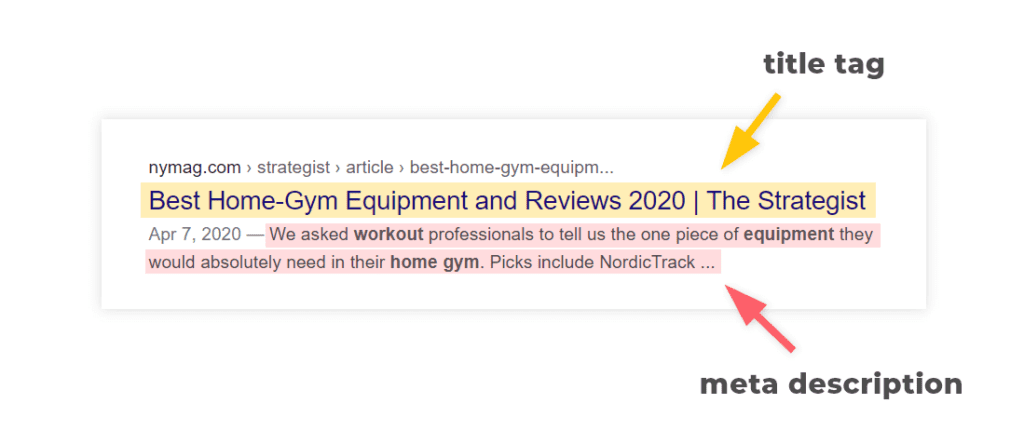
To increase the traffic coming to your website, the audience must be attracted to clicking on the meta title. The number of clicks a page receives divided by how many times it is visible yields the click-through rate (CTR).
You can experiment with meta titles and meta descriptions and pay-per-click ads to see which titles and descriptions people click the most on. It is important to include your primary keyword in both.
7. Build Internal Links
Internal links are links from one webpage to another within your website. Using internal links is one of the best SEO practices. Here are some of the reasons why it is so important:
- It helps Google understand the design of your solar system
- Internal links help pass authority from one page to the other
- It improves the ease of navigation for your audience
It is important to use internal links in a contextually relevant manner. For example, if you have a blog on vehicle equipment, you could use internal links which take the website audience to content on tyres, engines etc.
8. Avoid Toxic Backlinks
A toxic backlink is a spam link which is created to manipulate search results. Google has a stringent take on such toxic backlinks and can penalise a website for using it. If Google detects toxic backlinks, it will notify the website owner via the Google Search Console.
It is important to audit the toxicity of your backlinks and remove them whenever they are detected. This will preserve your hard-won gains on the SERP.
9. Optimise for E-E-A-T
The full form of E-E-A-T is experience, expertise, authority, and trust.
Google wants these characteristics to be reflected in your web content. As per Google, “While E-E-A-T itself isn’t a specific ranking factor, using a mix of factors that can identify content with good E-E-A-T is useful. For example, our systems give even more weight to content that aligns with strong E-E-A-T for topics that could significantly impact the health, financial stability, or safety of people, or the welfare or well-being of society.”
A good way to optimise for E-E-A-T is to quote industry experts in your content. Authoritative content establishes the respectability of your content in the eyes of Google, thus improving its rankings.
10. Use Digital PR for Getting Authority Backlinks
One of the ways to generate high-quality backlinks is to opt for digital PR. You can do the following to get authority backlinks via digital PR:
- Bring out press releases which will be quoted on other websites
- Publish statistically rich reports which can be profitably used by journalists
- Become a source of information for media outlets
11. Make Your Content Backlink-Worthy
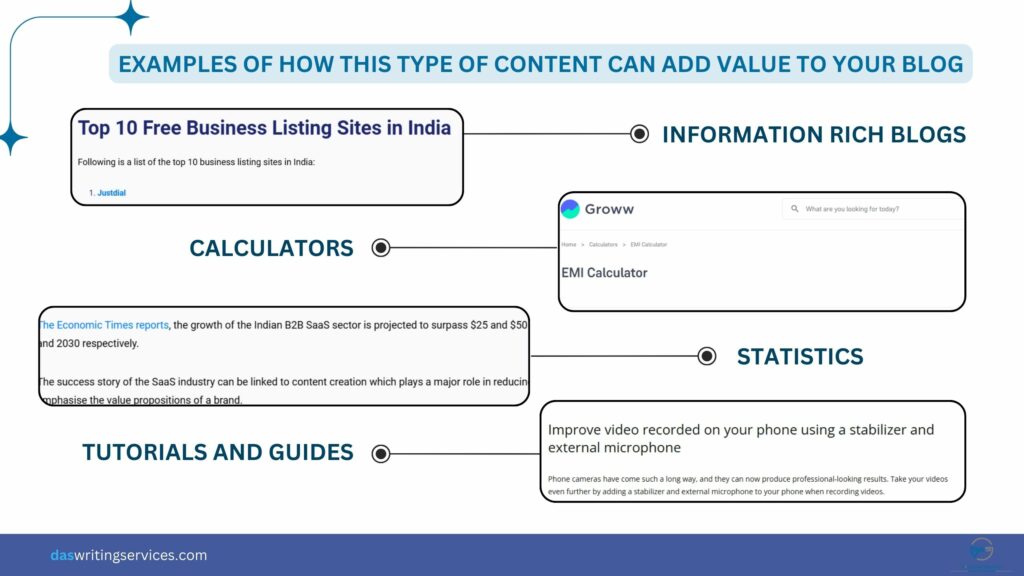
The content you create must add value to the lives of your audience. Examples of useful content include:
- Information rich blogs
- Statistics
- Calculators
- Tutorials and guides
If others find your content worth providing a backlink to, your content will start performing better in the Google SERP.
12. Convert Brand Mention into Backlink
There will be cases when a website or a social media post refers to your brand name but does not provide a backlink. In such a case, you can seek permission from the website owner or the original poster to put a link to your brand where they mention your name.
For example, if you run a car repair garage and it is referred to in a blog related to cars, you can ask the blog owner to provide a link to your garage.
13. Optimise for People Also Ask
“People also ask” is a section where Google provides answers to questions related to the search query. If your website appears in this section, it will gain more visibility and the chances of getting more clicks will automatically increase.
That’s why it is important to optimise for questions which people are likely to ask regarding the issue you are writing about. You can use tools like Answer The Public to find out questions relevant to a particular keyword.
14. Use Image SEO
You should also optimise your images for ranking in the SERP. Here are some of the steps you can follow:
- The file name of the image should accurately describe the image.
- The alt text should accurately describe the image.
- If possible, reduce the file size to improve the page loading speed.
- Produce an image sitemap so that Google can easily find and index the images.
15. Optimise for Mobile Usage
You can visit the Google Search Console and visit the Core Web Vitals to get an overview of your site’s mobile performance.
Some of the typical problems include texts being too small, clickable elements being too close together, and content being wider than the screen.
To make your content more readable, you can use short paragraphs. Reducing the number of sentences per paragraph and using short sentences makes your content more easy to go through. If you use pop-ups, ensure that they are not intrusive.
16. Optimise for the Core Web Vitals
According to Google, Core Web Vitals is a set of metrics that determines how user-friendly a website is based on its loading performance, interactivity, and visual stability. Google recommends that websites must be optimised for Core Web Vitals so that they get a better position in the SERP. The Core Web Vitals are measured based on three sets of data:
- Largest Contentful Paint (LCP): Used to measure loading performance.
- Interaction To Next Paint (INP): Measures responsiveness.
- Cumulative Layout Shift (CLS): Measures visual stability.
You can use PageSpeed Insights and Google Search Console to get a detailed breakdown of your website’s Core Web Vitals.
17. Utilise Programmatic SEO
Programmatic SEO involves the use of automation tools to create similar pages which target variations of similar keywords. A typical example where it can be used is product pages and location pages.
For example, if you are running a hotel booking website, you can target keywords such as “places to stay in Delhi”, “places to stay in Agra” etc. The basic template of the web pages remains the same, but the essential information is different.
However, you must ensure that the information is relevant. Unnecessarily creating multiple web pages without offering relevant information would be treated as spam by Google. The pages you create must have data which will be relevant to your audience.
18. Smartly Use AI for Creating Content
AI tools such as Perplexity and ChatGPT can help you with the content creation process. It can help in areas such as researching the content, developing ideas, and creating the wireframe. Especially since it allows you to efficiently create content outlines – which is one of the effective ways to implement SEO techniques across the blog. You can also use tools to edit and better your existing content.
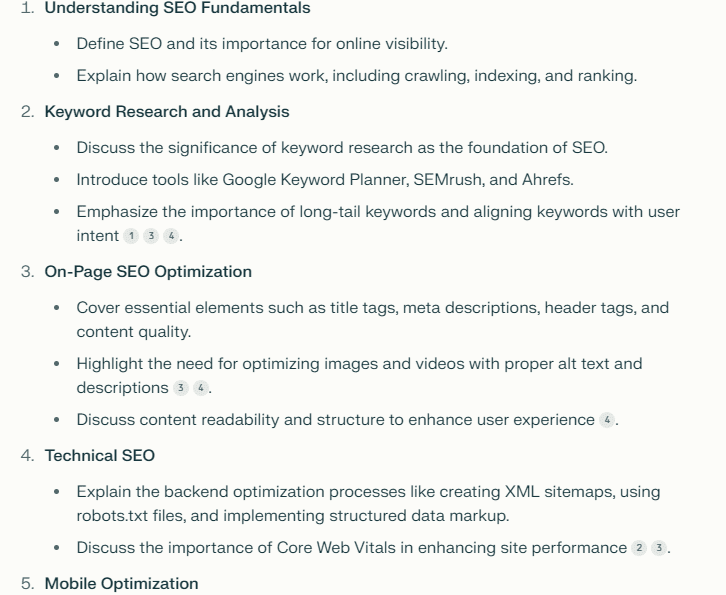
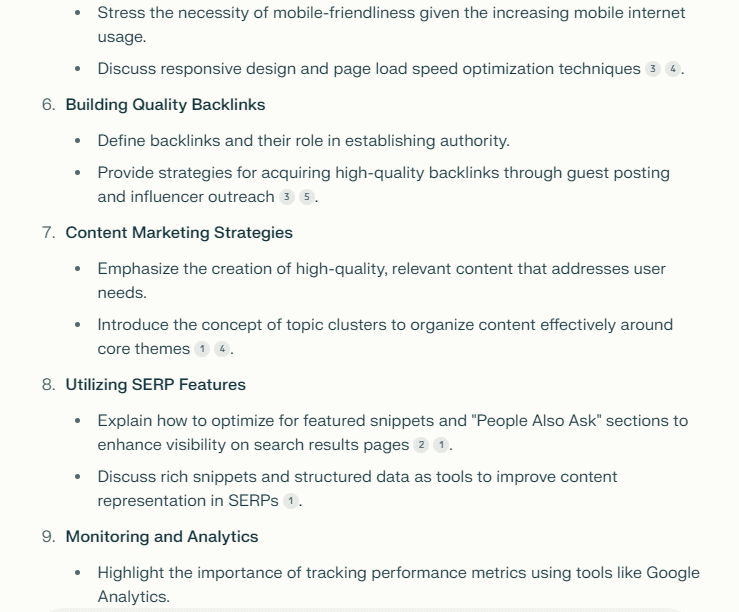
But you must remember that AI platforms are only tools, not full-proof solutions. Human supervision is a must for using AI tools. Comparing AI content vs human content shows that AI often creates dubious content. You must employ experienced editors and writers to make proper use of AI tools.
19. Improve Page Speed
The speed of loading the page is an important factor for ranking on search results. For example, here’s Google’s analysis of how mobile page speed is related to bounce rate:
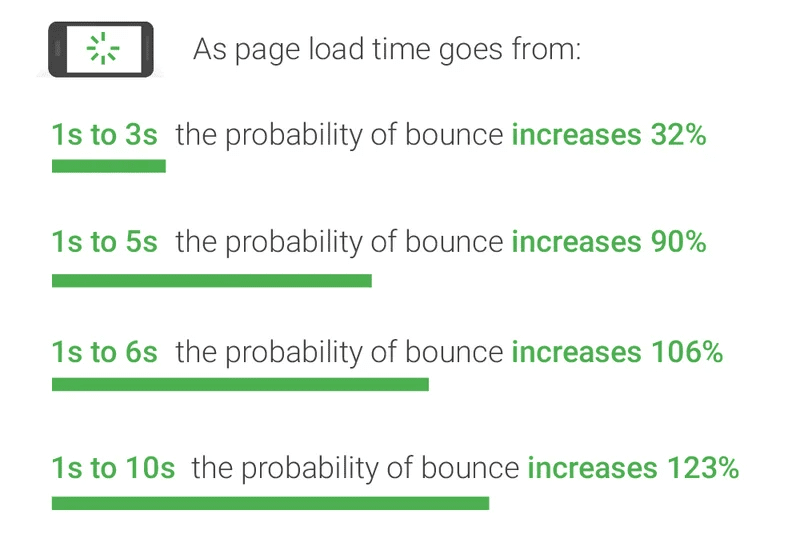
As per Google, “speed equals revenue” – when it comes to mobile search, and the same could be said about desktop search as well.
You can use tools like PageSpeed Insights and Lighthouse to assess the loading speed of your website. Some of the ways to increase the loading speed are:
- Compressing and optimising your images
- Reducing your redirects
- Caching web pages
- Minifying CSS, JavaScript, and HTML code
- Avoiding unnecessary plugin
20. Demonstrate Topical Expertise
Your website must demonstrate expertise in the different topics it covers. One of the ways to do this is to create topic clusters. A topic cluster is a collection of pages which cover a subject thoroughly.
A topic cluster consists of 3 parts:
- Pillar page: It acts like a parent page that covers the main topic.
- Cluster of pages: These pages cover relevant subtopics.
- Interlinking: The cluster of pages and the pillar page are connected via interlinking.
The topic you cover must be broad enough to have a lot of subtopics. For example, if you have written a blog on the differences between copywriting and content writing, you can also write separate blogs on SEO blogs, email marketing, and advertisements. Then the cluster of pages can be linked with the main page with interlinking.
21. Use Different Types of Media
You can use different types of media such as audio, videos, images, and GIFs on your website as these are among the effective SEO techniques that increase your potential for organic performance. They also make your content engaging for the audience.
For example, if you are writing a blog on unemployment rates in the country, you can use infographics with details of the number of people who have been unemployed over the years. Simply, if you are explaining the business model of Microsoft, you could include a YouTube video where Bill Gates explains his thinking during the early days of Microsoft.
22. Try to Win Featured Snippets
A featured snippet is a website excerpt which answers the search query. It looks like this:
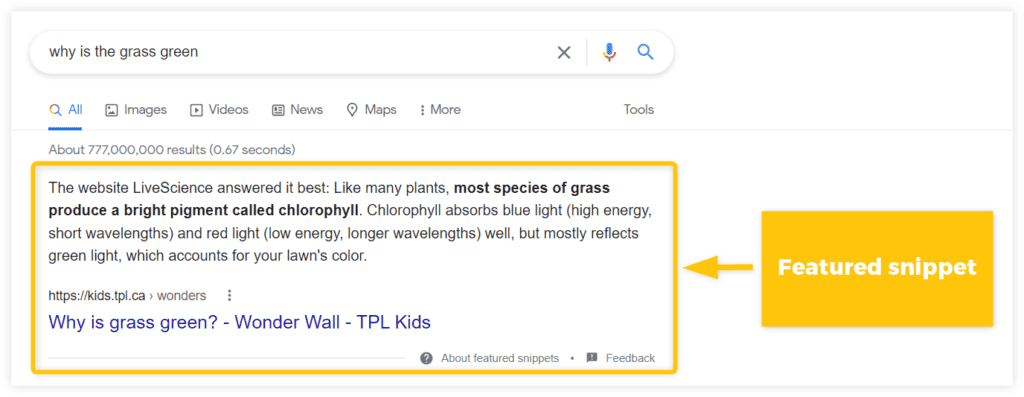
If your content makes it to the featured snippet, you will win a lot of impressions and clicks.
There’s no hard-and-fast way to win featured snippets. However, ensuring to incorporate effective seo techniques The best thing to do is to check the keywords where you are ranked close to the top and see which of them have a featured snippet.
Next, you need to study the snippet and figure out why Google featured it. It could be because of some information which is in the snippet but not available in yours. It could also be due to the snippet having a crisp and precise answer to the search query.
Accordingly, you can update your content and try to win featured snippets.
23. Update Old Content
If the content you have posted is time-sensitive, it must be updated periodically. For example, if you have written a blog on FD interest rates, it must be updated whenever a bank updates the interest rate.
Your audience will always prefer fresh content. This is the reason why content publishers consider it one of the most effective SEO techniques for Google to update outdated content periodically. Even for evergreen content – you could try and update the data and statistics once a year. It ensures sustainable performance over years.
Takeaway
In this blog, we have comprehensively covered the most effective SEO techniques to get results on the Google SERP. From creating good quality content to keeping up with Google’s search algorithm updates, there are a lot of areas to focus on. To help you further in your content marketing journey, we are providing the following resources as learning material:
Artificial Intelligence in SEO
Frequently Asked Questions
1. What are the most important SEO practices?
Optimising content as per E-E-A-T requirements, using relevant keywords, and doing good research are some of the key criteria for good SEO results.
2. How long does a newly published blog take to get indexed by Google?
By implementing effective SEO techniques, it can take anywhere between a few hours to a few weeks. Usually, it should be indexed within a couple of days.
3. Which tools are commonly used for SEO?
Moz, Ahrefs, and Semrush are the tools commonly used for SEO.




Leave a comment